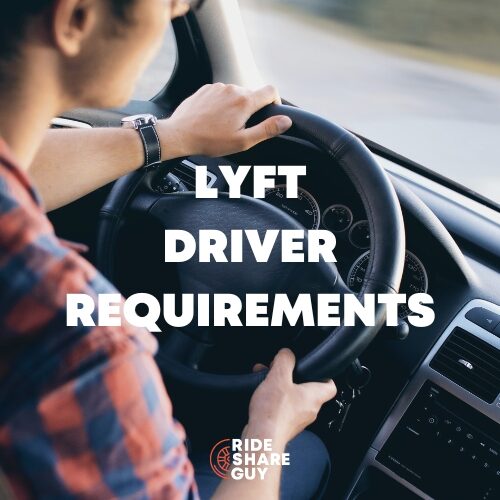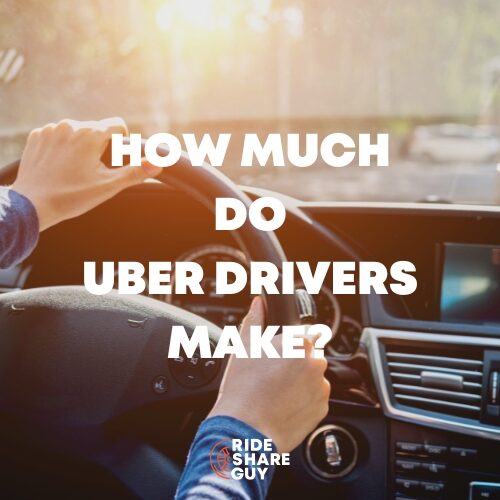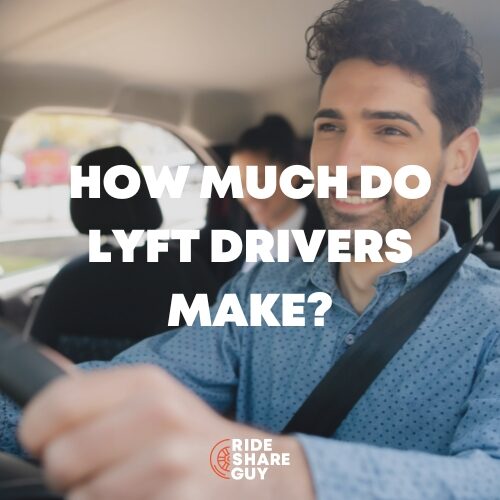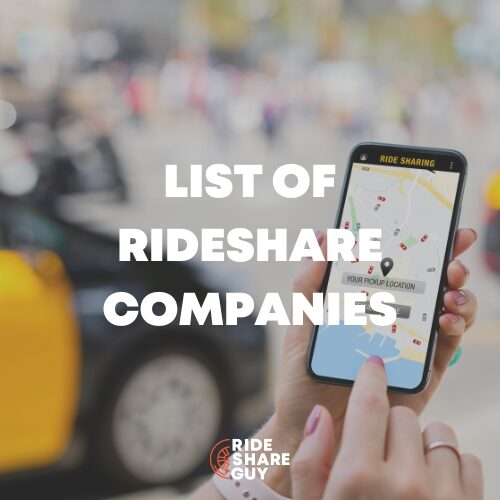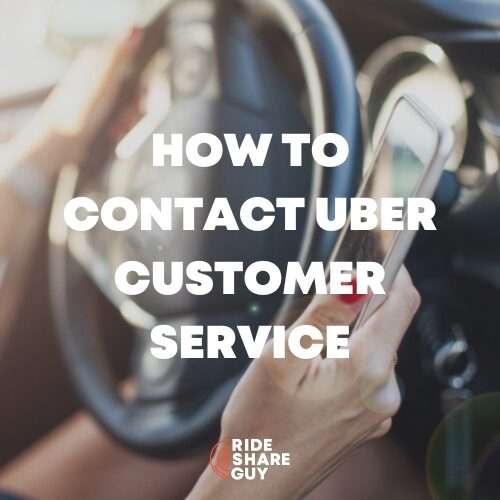You may remember we covered Uber’s Driver Advisory Forum a few months ago, but did you know Lyft had a Driver Advisory Council – before Uber? Today, senior contributor Christian Perea covers the origins of Lyft’s DAC, what they’ve done to help drivers, and how you may be able to get involved.
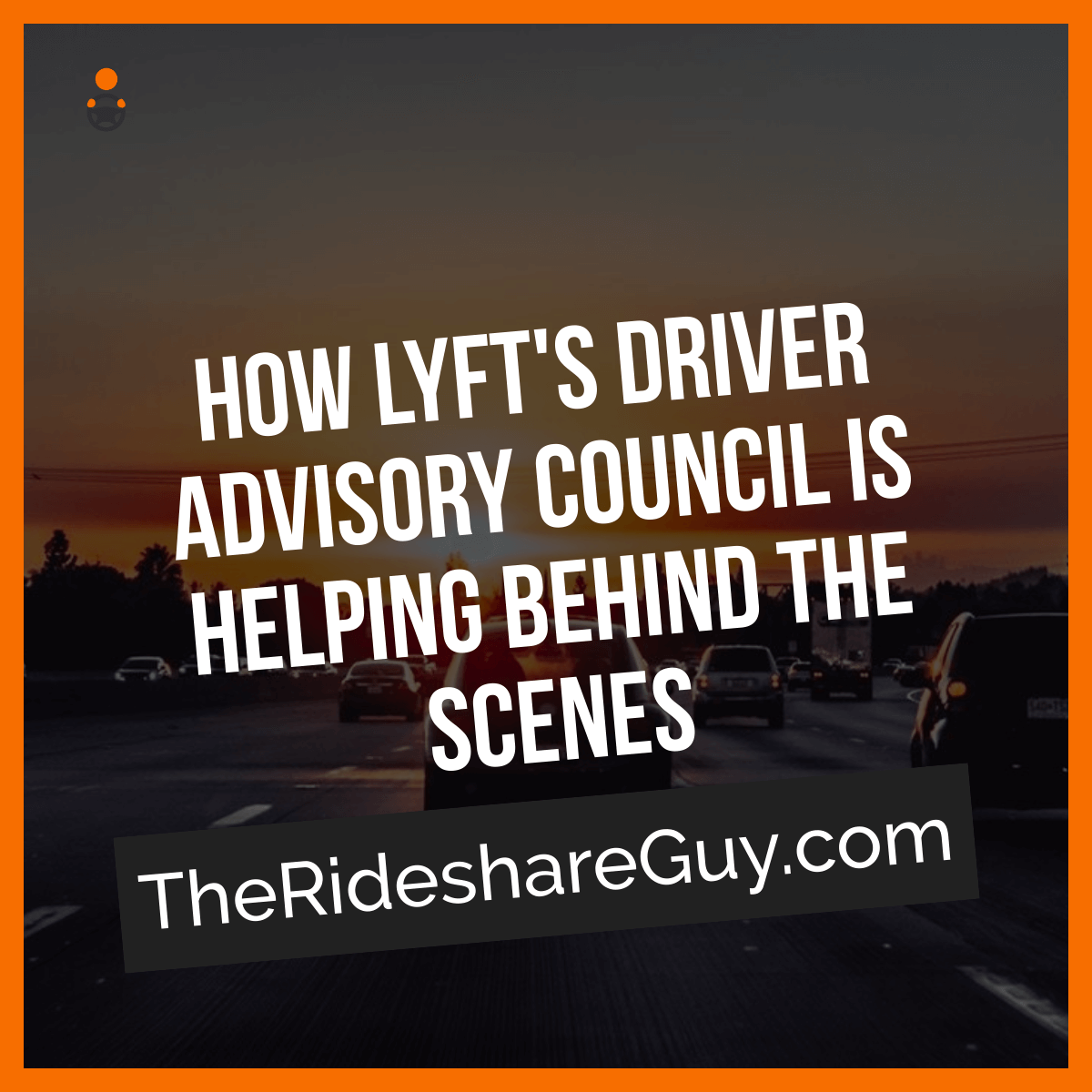
Earlier this year, Uber rolled out a Driver Advisory Forum and flew out a bunch of drivers to meet with employees and Dara Khosrowshahi at Uber Headquarters (HQ) in San Francisco. Uber promoted this as a part of its push to be a kinder, gentler company that was trying to connect better with drivers.
What many don’t know though, is that Lyft has actually had their own Driver Advisory Council (DAC) for almost two years now, and it has been quietly getting a lot more done compared to Uber’s.
Origins of Lyft’s DAC
Lyft’s Driver Advisory Council stemmed from a small meeting of drivers in 2016 after a volley of price cuts (initiated by Uber). In an effort to combat driver backlash, Lyft flew out several drivers to the Bay Area from throughout the US and invited them to meet with John Zimmer at a semi-secret driver summit held in the living room of a Lyft employee in Oakland, CA. I was one of the drivers who got invited to this meeting, but I’ve never really talked (or written) about it before.
The first part of this meeting included me in a room with nine other drivers and John Zimmer with some very blunt conversations about the effects of price cuts. We spent the first 30 minutes of the meeting basically group-grilling John Zimmer on price cuts. How they had affected real people, how they were tearing the sharing economy apart for working people, and talking about how much more difficult it would become for Lyft to retain drivers. John was not enthusiastic about the price cuts but basically admitted that Uber’s market position gave them price-setting power.
The second half of this meeting consisted of all of us sitting around and bouncing ideas off of each other on how to make driving for Lyft a little better in light of the price cuts. That meeting managed to get Lyft to remove their 200% cap on Primetime, change their referral bonuses to payout more, funding more community meetups, and then also creating a permanent Driver Advisory Council (at the suggestion of Ariana Baseman).
Lyft’s Driver Advisory Council (DAC)
It’s important to remember that this isn’t a union. I don’t think it’s even trying to pretend to be one. The drivers don’t have veto power or authority within Lyft and in many ways, they largely act as an in-house consulting forum. It’s still a lot better than having no say, but I’m not in any way telling you that Lyft’s Driver Advisory Council is a union, or a way to raise rates, or to collectively force change. Lyft controls the entire thing.
It is, in effect, a way for Lyft to include drivers in the process and structure of running their business, rolling out products, partnerships, and changing policy with input from drivers.
That being said, everyone I’ve met who has been on the council takes their position very seriously. The drivers on the council receive a paycheck from Lyft to hold meetings with drivers in their territory, they meet with engineers, and other employees at Lyft at least once a week, and they provide insight or feedback on changes being considered for drivers. A lot of what they do is to prevent Lyft from running with bad ideas. All of this has already been happening quietly over the last few years with little fanfare (aside occasionally from Lyft).
The Three P’s of Lyft’s DAC
Lyft’s DAC tends to revolve around impacting three different “P’s” in relation to driving for Lyft: Product, Partnerships, and Policy. I’ve broken down some of the actual things that have already changed based on input in each area from Lyft’s DAC.
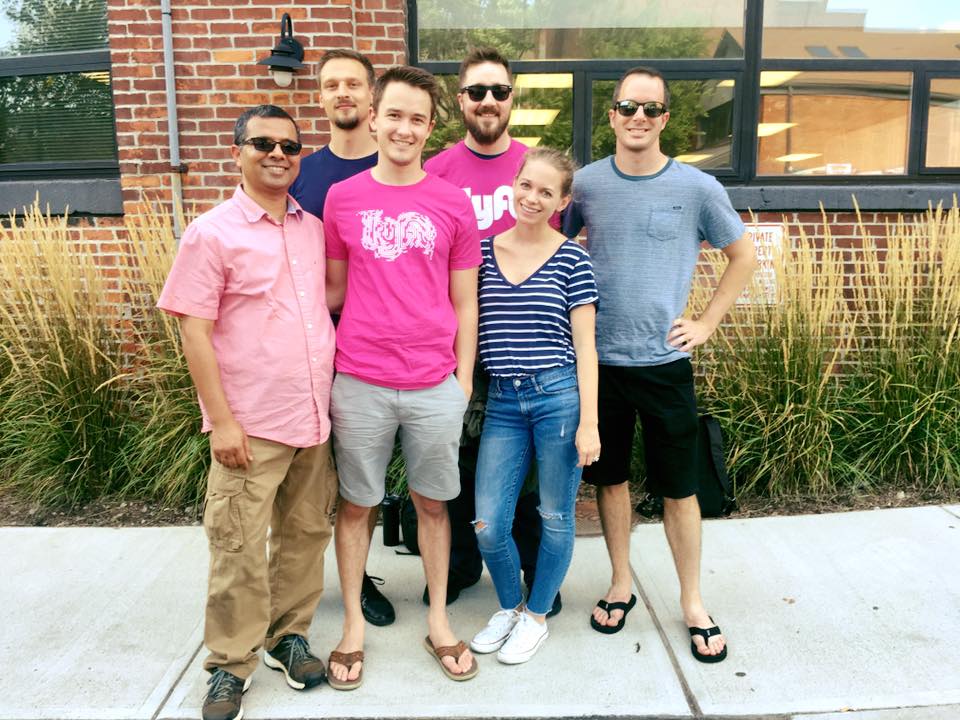
Product: DAC members work with the product and engineering teams at Lyft to provide insights into different app updates that Lyft is working on. Examples of their impact here include:
- Convincing Lyft to add a “night mode” (work in progress).
- Providing a better earnings screen that shows what Lyft takes from each ride.
- Allowing passengers to be rated up to 24 hours after a ride.
- Allowing drivers to change the number of passengers in a Lyft Line upon arrival.
- Stopped plans for a passenger feature that would have allowed passengers to pay a nominal fee to make a driver wait longer for the ride (this fee would have come out to something like $0.10/minute).
Partnerships: The DAC is often consulted on partnerships with different brands, the promotions that they will be running, and provide a temperature check on how drivers feel about being associated with these brands. Examples of this include:
- Killing “Taco Mode” after it was released with little concern for drivers vehicles being destroyed via Taco Bell and drunk people.
- Weighed in on “Round up & Donate”.
- Weighed in on Lyft’s partnerships with Budweiser and Disney.
Policy: Policies are parts of driving that affect drivers bottom line, that don’t involve updating the app or rolling out new technology. Examples of the DAC impacting this area include:
- Reducing time required to qualify for a cancellation fee from 5 minutes to 2 minutes.
- Raised Lyft Line rates to match regular Lyft rides.
- Expanding Destination Filter to work for all Lyft rides in all markets.
- Being able to cancel “stacked” ride requests without affecting your acceptance or cancellation rate.
- Alert passengers when a driver is hard of hearing and vice-versa.
- Exclude ratings for things outside of a driver’s control (similar to Uber’s ratings protection).
Death to Taco Mode!
Last August, Lyft deployed “Taco Mode” as a test in Southern California with promises to expand it rapidly. Taco Mode involved driving all of our drunk passengers through Taco Bell drive thrus and then having them eat their nasty, explosive tacos in our car that would inevitably create a mess. Drivers would get…pretty much nothing in return (except a mess).
Most of those who drive for Lyft were upset about this for obvious reasons.
According to a previous Lyft DAC member, the DAC responded to this quickly with a lot of “unity and enthusiasm” and demanded to meet with the team behind Taco Mode. To the DAC’s surprise, nobody who thought of “Taco Mode” had given a ride before as a driver. The DAC said something to the tune of “We don’t want ******* taco explosions in our cars while getting paid almost nothing for time!!!” and the program was brought back to the drawing board.
Hopefully that particular drawing board was thrown into a dumpster.
Would You Like To Wait Longer For Passengers?
A lot of the stories I got from DAC members involved preventing Lyft from doing dumb things that drivers would really hate. For example, the DAC was briefed about a year ago on a test feature that would allow passengers to extend the amount of time a driver could wait before being able to cancel a ride. The proposed feature was going to work by allowing passengers to make us wait longer for a very nominal fee during pickup.
Since the DAC is composed of drivers, they were able to educate Lyft HQ on why that wasn’t a good idea; that the nominal fee would not be worth a drivers time and that it would leave us parked in an awkward and occasionally dangerous position.
Contact Your Lyft DAC Member
Each DAC member has an email account that they monitor where drivers can submit feedback or offer suggestions. You can find and contact your local rep here.
Lyft’s DAC members are constantly monitoring their email accounts for suggestions and improvements to the app. They then form the most frequent and best suggestions from drivers into recommendations for Lyft to implement as actual policy.
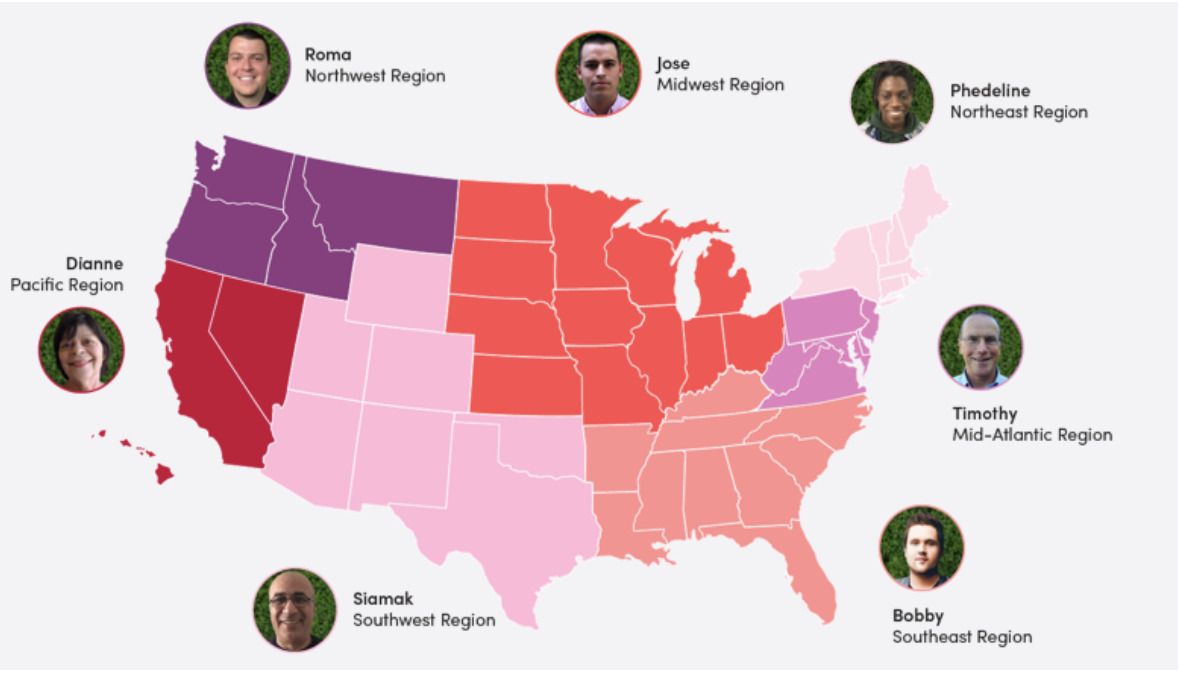
It’s also important to know that they are monitoring this stuff to gather feedback on how drivers feel about new features or policies. So if Lyft does something you don’t like (maybe they changed Primetime) than make sure to send your DAC member a message so Lyft knows.
How Do You Get on Lyft’s Driver Advisory Council?
In order to be a member on Lyft’s DAC, you must be an active Lyft Driver. Lyft intends to reshuffle the board on DAC members each year and applications should open up again this August.
The application usually asks a couple of questions similar to a low level job interview.
Once you submit the application, Lyft will select who ends up on the DAC. Last year, they narrowed the candidates down to two in each zone and allowed drivers to vote.
Again, it’s important to remember that Lyft ultimately selects who becomes the DAC member.
My Thoughts On Lyft’s Driver Advisory Council
Lyft’s Driver Advisory Council is one of the few remaining things that is unique to Lyft. Both companies are increasingly similar (Uber even soft-copied the DAC). The way Lyft has incorporated the DAC and embedded it with their operations structurally is far more meaningful than a one time forum though. It’s definitely affected real, positive change on behalf of drivers.
The overall effects are a lot of small- to medium-sized changes that make the experience of being a Lyft driver a bit better. All of those inches of change eventually add up to yards.
However, the DAC doesn’t do much to address the big elephant in the room: driver pay. Lyft ultimately runs the whole show and they have all the power. That doesn’t mean I don’t like the DAC. It just means that we can’t expect to see the big changes that matter most to full-time drivers.
Drivers who want to see big changes in driver pay, or caps on the proportion of the fare that rideshare companies take will ultimately have to form their own independent driver organization that represents drivers and that can run a prolonged political campaign in courtrooms, with legislators, the public, and the streets themselves. I’m not entirely sure what that would look like yet but it’s going to involve a lot more than complaining in the comments section below ;D
Readers, have you heard of the Lyft Driver Advisory Council? Would this be something you would want to get involved in?
-Christian @ RSG
